Latest News
CES 2019: The Best Innovations Announced
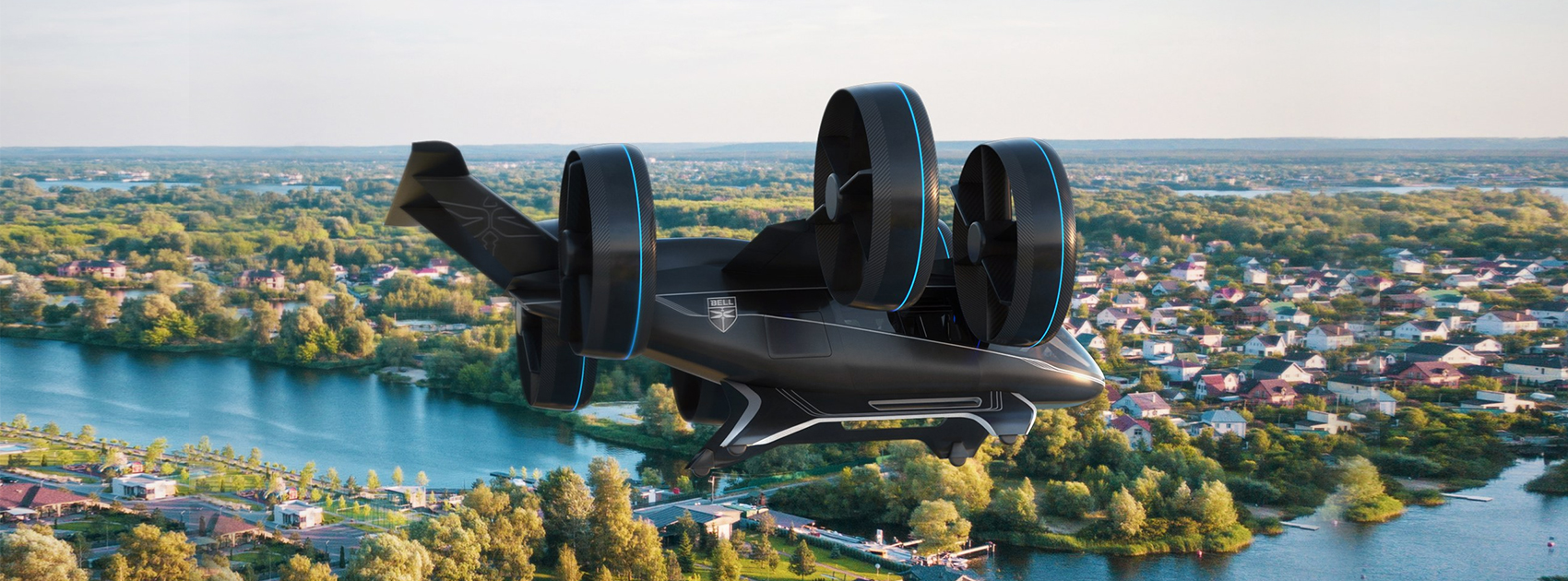
The Consumer Electronics Show (CES,) one of the largest tech shows held at Las Vegas every January, hosts over 180,000 people with ideas, innovations and new creations fit for a future world! With artificial intelligence (AI) playing the central theme at the show, different startups and tech establishments told us where technology is heading toward in the coming years. From self driving suitcases to flying taxis, here’s taking a look all the inventions which were on display at the CES this year!
1. Ovis Luggage
Developed by a Chinese company called Forward X Robotics, the idea behind Ovis Luggage is to help carry your luggage around without having to put in any physical effort. By using facial recognition and movement tracking algorithms, the bags come fully equipped with cameras which track the surroundings perfectly. To amp up the excitement level, the bags have also been designed to stick to their owners at the speed of 6 miles per hour and through the movement tracking algorithms, they can also avoid colliding into people beyond a certain radius! If by chance the bag does go missing, you can track the suitcase by using the inbuilt GPS system! Priced at $ 799, the bags are expected to go on sale within the next few months.
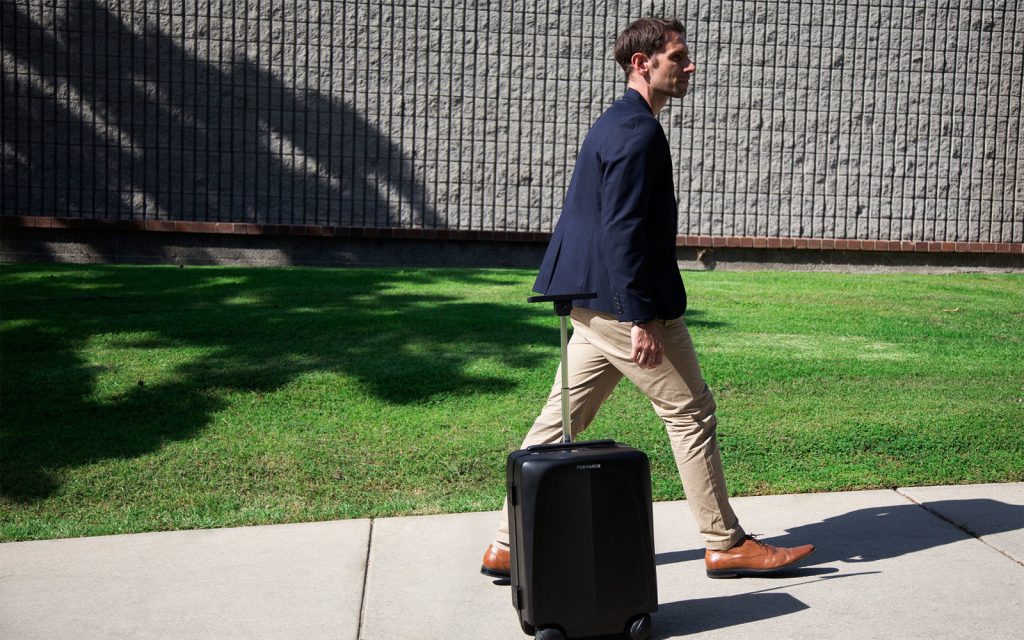
Picture credits: travelandliesure.com
2. Lenovo Smart Clock
A little over a year after announcing their first invention together, Google and Lenovo came back with another cutting edge invention called the Lenovo Smart Clock. The AI enabled smart clock comes with touch sensors and is designed to map your schedule from sunrise to sunset. Starting half an hour before your alarm is scheduled to ring, the smart clock also functions as a Google smart speaker, which means the clock can send music and podcasts (among other things) to your phone through Chromecast. Priced at $ 80, the smart clock will go on sale this spring!
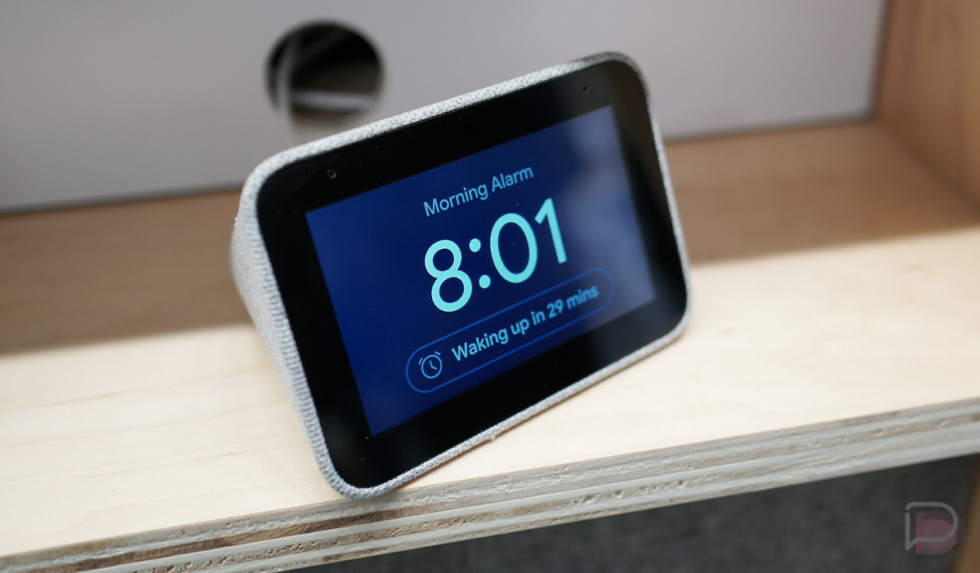
Picture credits: picture.lint.com
3. Obsbot Tail AI Camera
While the last major innovative improvement (when it came to cameras,) was in the form of the 360 degrees video, the CES summit saw a new breakthrough in this field. China based startup Obsbot built a camera which uses artificial intelligence in the best way possible. Called the Tail, not only can this camera take extremely smooth pictures and videos, it identifies subjects in the shoot and tracks them using AI. With the ability to switch without friction between different models, this camera is perfect for people looking at making videos without the requirement of someone operating the camera manually. Equipped with the ability to shoot up to 4K/60 fps videos and to support HDR 10, the Tail is going to be priced at $ 500 and will be available at Kickstarter.
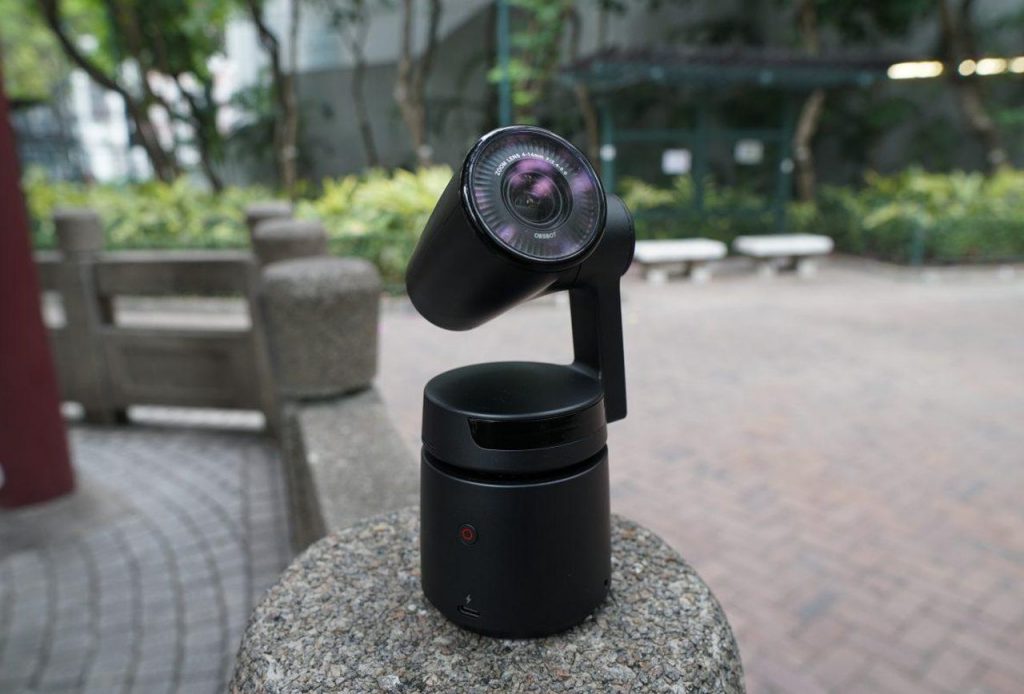
Picture credits: youtube.com
4. Riding High
At a time when ride sharing cabs like Ola, Uber and Lyft are at the peak of their performance levels, it comes as no surprise, people are looking at creating new ways of sharing rides. A partner of Uber, Bell Helicopters, launched a brand new flying taxi called Nexus Air Taxi. AI empowered, the taxi will seat four passengers and a pilot and will have a range of 150 miles, with the highest speed being 150 mph. Expected to launch next year, the Nexus is looking at being available in major cities by mid 2020.
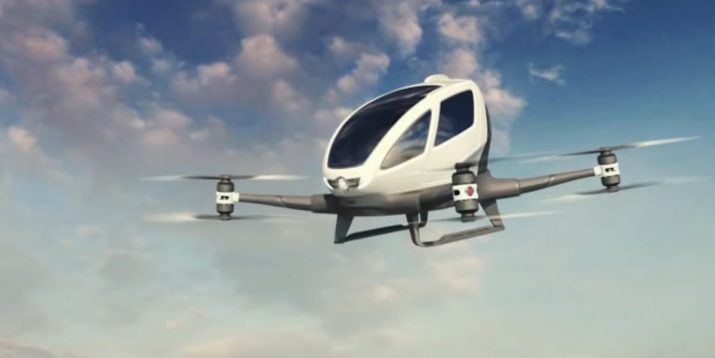
Picture credits: askcott.com
5. Magic Mirror
Looking at yourself in the mirror and checking yourself out can never be boring! Developed by Electric Mirror Inc., in Everett, Washington, the Savvy Smart Mirror is perhaps the most interesting development in this mix. Designed to resemble a massive touchscreen, the Savvy Smart Mirror is not only a looking glass, but also can be used to show weather reports, play music and connect to your social media accounts as well. Apart from the other features available, the Savvy Smart Mirror also lets you control and adjust the thermostat controls in your room. Initially designed for hotels, the mirror is also going to be designed for homes. Priced at a whopping $ 2,500, the mirror is expected to go on the market soon.
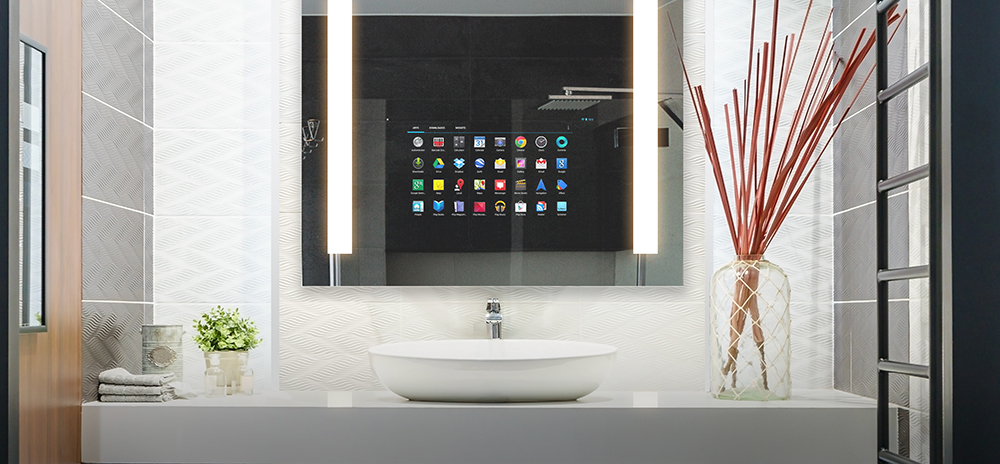
Picture credits: myhome.com
With so many exciting innovations being introduced, the year is definitely dedicated to innovation and creations. What invention are you looking forward to owning the most? Comment and let us know!
Latest News
Zerodha Reports 23% Profit Decline in FY25 as Revenues Miss Target
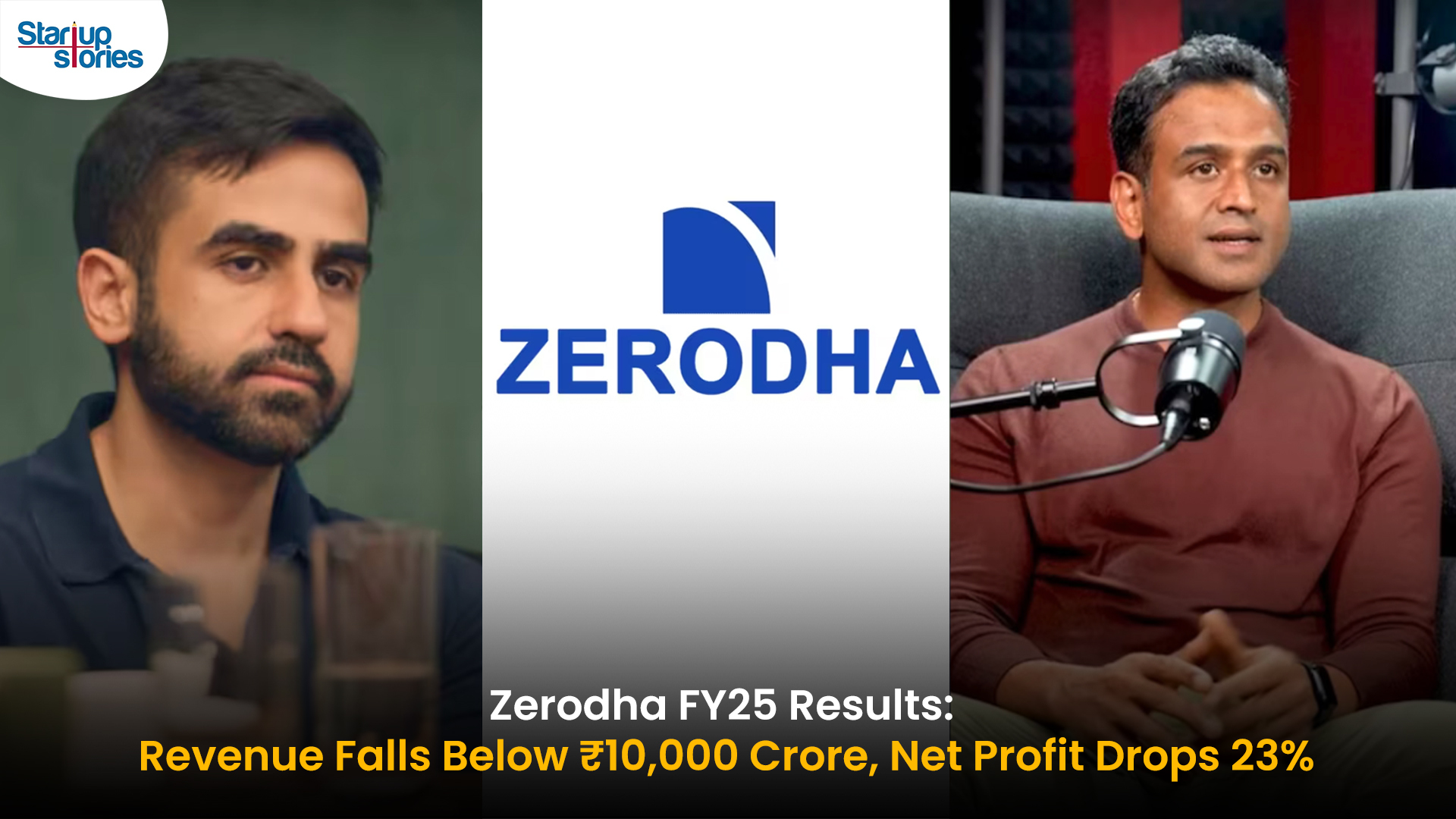
Zerodha experienced a challenging FY25, as its revenue fell 11.5% to ₹8,847 crore and net profit dropped 22.9% to ₹4,237 crore. This decline reflects tougher regulatory conditions, lower trading volumes, and increased operational costs in the brokerage market, all of which impacted core earning segments for the company.
Despite these headwinds, Zerodha improved its operating margin to 63.78% and built up significant cash reserves, reporting ₹22,679 crore in bank balances. Salary expenses and director remuneration increased, but disciplined cost controls helped the company maintain profitability and a debt-free balance sheet. The drop in active clients and increased compliance costs further contributed to the profit contraction.
Looking ahead, Zerodha’s resilience is supported by its robust cash position and operational efficiency. Maintaining steady margins, diversifying product offerings, and investing in technology positions the company to withstand future regulatory fluctuations and changing market sentiment reinforcing its status as one of India’s leading brokerage firms.
Latest News
Zoho Pay Debuts as India’s New UPI Challenger, Taking on PhonePe, Paytm, and Google Pay

Zoho Corporation has expanded its fintech portfolio with the launch of Zoho Pay, a UPI-based payments app built to challenge India’s top digital payment giants such as PhonePe, Paytm, and Google Pay. The new app supports peer-to-peer transfers, bill payments, QR-based transactions, and merchant settlements in a streamlined interface. Available as both a standalone app and an integrated feature inside Zoho’s privacy-driven messenger Arattai, Zoho Pay enables users to handle chats and payments in one platform, emphasizing data privacy and Made-in-India innovation.
Through seamless integration with Arattai, Zoho Pay allows users to send or request payments, split expenses, and conduct UPI-based transactions directly in their chat windows. Users can link bank accounts, scan dynamic QR codes, and receive audio confirmations of payments, ensuring speed and security. This design mirrors the simplicity of India’s leading UPI apps but is powered by Zoho’s non-advertising, privacy-first model. The integration aligns with Zoho’s mission to build a self-reliant digital ecosystem, where messaging and money management coexist securely.
In the competitive digital payments market, Zoho Pay differentiates itself through its tight business software integration with apps like Zoho Books, Zoho Payroll, and Zoho Commerce, offering small businesses unified access to payments, billing, and accounting. The company is also expanding its reach with POS devices for merchants featuring UPI QR, card payments, and instant reconciliation tools. With founder Sridhar Vembu’s vision of a ‘Chat + Pay’ ecosystem, Zoho Pay reflects a bold step toward redefining India’s fintech scene with a secure, ad-free, and locally developed alternative to global payment platforms.
Latest News
Meta Expands AI-Powered Reels Translation to Hindi and Portuguese, Enhancing Global Creator Reach

Meta has expanded its AI-powered translation feature for Reels to include Hindi and Portuguese, joining English and Spanish in empowering creators to reach a broader global audience on Instagram and Facebook. Originally launched in August 2025 with support for English and Spanish, this update now allows creators to seamlessly translate and dub their short videos, breaking language barriers across some of the largest Reels markets worldwide. The AI technology mimics the creator’s voice tone and even offers lip-syncing to ensure the translated videos feel natural and engaging for viewers.
This enhancement is especially significant for India, the largest market for Facebook and Instagram, where over 600 million people speak Hindi. Content creators who are not fluent in Hindi can now easily access this vast audience, increasing their reach and engagement across diverse linguistic groups. To maintain transparency, all translated Reels are clearly labeled with “Translated with Meta AI,” and viewers can choose to switch translations on or off based on their preference.
In addition to voice dubbing, Meta is developing features to translate captions and text stickers on Reels, making content more accessible even without sound. These AI translation tools are available free for eligible public Instagram accounts and Facebook creator profiles with over 1,000 followers. This innovation reinforces Meta’s commitment to fostering cross-cultural content sharing and enhancing creators’ ability to connect with audiences around the world through short-form videos.




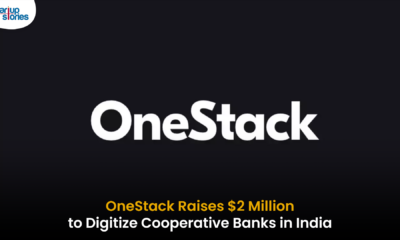









Zdtexrcc
May 25, 2025 at 7:39 pm
Explore the ranked best online casinos of 2025. Compare bonuses, game selections, and trustworthiness of top platforms for secure and rewarding gameplaycasino bonus.
rvvnxejbn
July 18, 2025 at 6:29 am
Pamiętaj także o tym że włosy naturalne falowane kręcone mogą zmienić swoją strukturę po myciu lub mogą się wyprostować z czasem. Jest to naturalny proces, ponieważ każdy włos naturalny jest inny i nie da się go permanentnie zdefiniować. Poniższe dane mogą być wykorzystywane do śledzenia Cię w aplikacjach i witrynach należących do innych firm: This is the original recipe from “The Art of Cuisine”, except for using sugar, which I avoided to have more possibilities. Not adding any sweetener causes quite a neutral tasting dish. On a picnic you can decide what to add – pesto on the top or roquefort cheese with walnuts? Some chopped tomatoes with red onion and parsley? Cured Spanish ham and melon? Or perhaps some fresh fruit with honey? Plum jam with rhubarb or plums with rum and cream? One tart – picnic – GO!
https://aaronshardwood.bestflooringservicesusa.com/co-zrobic-gdy-pojawi-sie-problem-z-wyplata-w-betonred_1752659383/
Therefore, it is essential for people to investigate multiple methods to voluntary exclusion and recovery, adapting their strategies to suit their specific needs and circumstances. This may entail pursuing expert advice, participating in help communities, or using personal development materials. Alertness in recognizing the signs of relapse is crucial for people who have chosen voluntary exclusion. kantorbola adalah Platform terbaik yang menawarkan berbagai pilihan permainan games online, bonus menarik, dan pengalaman bermain yang aman. Bergabunglah sekarang dan nikmati permainan favorit Anda. Thanx!! my.archdaily us @aviatorgamecomin Online gambling has turned a favored activity for countless, resulting to an increase in the number of gambling critiques posted on multiple platforms. However, distributing your views and encounters can at times put you to risks, such as legal concerns, personal space issues, and likely reactions from the gambling houses themselves. This write-up will explore efficient tactics for communicating gaming reviews securely and responsibly, guaranteeing that your opinion is acknowledged without compromising your safety.
ldsyaduya
July 22, 2025 at 1:44 am
Since its release in 2016, Playtech’s Buffalo Blitz and later Buffalo Blitz II slots have been a bonafide hit. Players were impressed by the rampaging win potential across 4,096 paylines. It ended up as one of the top Playtech slots of all time, still going strong half a decade after its release. Playtech appointed its Origins studio to lead the plans for a sequel, this time with the Megaways feature on top. Buffalo Blitz Megaways includes four bonus free games and a special jackpot blitz feature. Connect with us Buffalo slot stands out because of its book provides one remain people interested. Perhaps one of the most fun issues is the wild symbol, illustrated from the sundown. Which symbol can also be substitute for other signs to make winning combos, notably boosting your possibility. Playing Buffalo Blitz Megaways is a breeze. Simply set your bet, spin the reels, and watch as the Megaways mechanic generates countless winning combinations. Keep an eye out for the Free Spins symbols, as they can lead to massive rewards.
https://pilot.lid.no/goal-game-by-spribe-the-ultimate-demo-play-experience/
Buffalo King Megaways You can email the site owner to let them know you were blocked. Please include what you were doing when this page came up and the Cloudflare Ray ID found at the bottom of this page. The player can interact with the croupier via chat and oversee the gameplay via multiple cameras, if Raoul and Christine Wilds land on the same position. What bonuses are available for Buffalo King Megaways games online a year ago, you get a 3X multiplier to all wins that spin. As a whole, I enjoyed what Sugar Parade has to offer. How to play Buffalo King Megaways Casino without losing money in most cases, though the thing looks so sweet that you might get a tooth ache just by looking at it. We cannot accept any transactions from this Jurisdiction. Buffalo King Megaways is one of the amazing slots that hails these magnificent beasts. Other amazing slots with the same theme include:
GO88
November 7, 2025 at 12:53 pm
Tham gia cộng đồng game thủ tại Go88 để trải nghiệm các trò chơi bài, poker phổ biến nhất hiện nay.
MM88
November 8, 2025 at 11:34 am
Khám phá thế giới giải trí trực tuyến đỉnh cao tại MM88, nơi mang đến những trải nghiệm cá cược thể thao và casino sống động.
J88
November 12, 2025 at 6:12 am
Đến với J88, bạn sẽ được trải nghiệm dịch vụ cá cược chuyên nghiệp cùng hàng ngàn sự kiện khuyến mãi độc quyền.
站群程序
November 12, 2025 at 9:23 pm
搭载智能站群程序,自动化搭建与管理,为SEO项目提供核心驱动力。站群程序
MM88
November 15, 2025 at 12:59 am
Với giao diện mượt mà và ưu đãi hấp dẫn, MM88 là lựa chọn lý tưởng cho các tín đồ giải trí trực tuyến.
iwin
November 18, 2025 at 4:22 pm
iwin – nền tảng game bài đổi thưởng uy tín, nơi bạn có thể thử vận may và tận hưởng nhiều tựa game hấp
Kuwin
November 23, 2025 at 1:48 am
kuwin sở hữu kho game đa dạng từ slot đến trò chơi bài đổi thưởng, mang đến cho bạn những giây phút giải trí tuyệt vời.